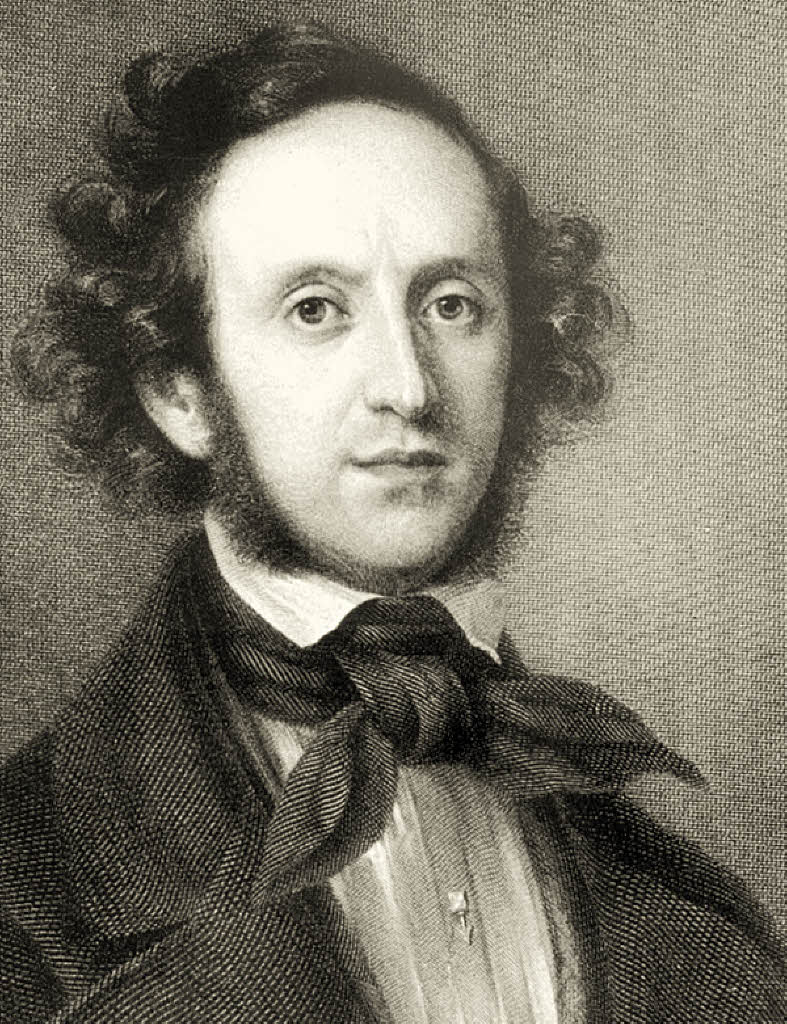I have just endured another minor flurry of "statistical analyses" of unemployment; this time (once again) trying to correlate (1) unemployment and (2) average starting salary of a new graduate with (3) his or her undergraduate major (and possibly post graduate degrees).
Most of us want to shake our heads at the mere idea of encapsulating a person's education with his or her undergraduate major. Certainly the choice of major (and the grade point average) gives a prospective employer a lot of information about the education of an applicant. Obviously, also, two applicants with majors in, let's say, psychology, could have very different undergraduate experiences and skills. Majors with better prospects for employment include chemistry and physics. Well, two chemistry majors, even from the very same school, could have vastly different skills and coursework, and their worth to an employer should reflect those differences. (But employers are often lazy, and reporters and bloggers flipping through easily available data on the Internet, are curious about correlations that might catch the attention of casual readers. So statistics can easily breed monsters.)
But look at the facts. It is not easy for a youth and his or her parents to decide on educational objectives.
* In a good economy, it is more important to awaken new interests, and sharpen existing interests in the young person. The field is not important; it is more important to engage the young person with the world and with society, and inspire the developments of his or her talents. In an ideal world, keeping body and soul together should not be a major concern.
* In a bad economy, it is important to train the young person in whatever skills employers may be looking for. Employers, much of the time, are not very good at narrowing down the skills they need and want in a new employee. They often focus too heavily on skills that almost any applicant would have to a sufficient degree, or focus too little on skills they assume applicants would have. Employers sometimes delegate hiring responsibility to a junior member of the administrative staff, who may succeed in hiring a number of incompetent employees before his or her own incompetence is revealed. Society (via the fruitful imaginations of new "educational institutions") generates new and wonderful Boutique courses of study (which we shall call "Majors") such as Online Marketing Administration, or Prison Cafeteria Maintenance, which attract students, who are fiercely specialized in these new "fields", in which there has been no time to establish a canonical set of studies and skills. (In Computer Science, for instance, the discipline struggled for decades, trying to decide exactly what should go into the Computer Science major. With the enormous success of personal computers in the 1980s, new programming paradigms arrived just in time to throw the entire process off course, and it has remained that way for several years.)
It looks very much as though higher education is in trouble in a very structural sort of way. If it suits the purposes of American Society to lay the choice of educational objectives (read choice of a major) in the lap of the student --and of course it does, or Society would be responsible for the student's failures, and who wants that?-- then young people essentially have to gamble that a particular choice of study will pay off in employment.
Our society is all about gambling. Affluent businessmen who have gambled and essentially won, are well known for egging on everyone around them to gamble. College Professors, who have also gambled and won, are notorious for encouraging their best students to go into Academia. It's high-stakes gambling that resulted in the Stock Market meltdown of 2007, but high-stakes gambling has not gotten tarred by public disapproval. It suits society to forgive the excesses of Wall Street, and once again regard it with adoring eyes, as the coming Messiah of the American Economy. Conservatives who are totally against a planned economy of any kind are obliged to support the gambling tradition in economics. It's called Entrepreneurship. Those who know what they're doing can gamble with the money of other people; that's what other people are for.
As for myself, I have seen too many wonderful students living a life of drudgery, pouring their all into teaching bright young kids who are too lazy to back up their ability with work, or into hardworking zeroes who are convinced that more work will make a genius of them, and into helping children of resentful parents who prefer political blackmail to helping their children with their homework. (And who has the time? The "successful" parent is probably working a 12-hour day to bring in that $1000 a week that qualifies them to call themselves successful.) A teacher's job is no sinecure. I decided to stop encouraging kids to go into Academia about 15 years ago.
Asking students to gamble on their futures is inhuman. So the present model of education only makes sense in a good economy. We can cling to this model only if we can ensure that the economy remains good (and that's a frightening thought; no wonder conservatives want a strong Military ...) or if we believe that it's going to be good (and that's a frightening thought, too; no wonder conservatives tend to be people of blind religion ...), or we must think more sanely about higher education.
Arch
Ban on noncompete clauses gets challenged in court
-
I wrote yesterday about how the FTC had banned noncompete clauses for all
but high-level employees. It is absurd to think that low-level employees in
place...
5 hours ago














